Manual transmission swaps offer enhanced control and driving experience. Costs vary based on vehicle compatibility, parts, and labor. Research and planning are crucial for success.
Overview of Manual Transmission Swaps
A manual transmission swap involves replacing an automatic transmission with a manual one, offering improved control and driving satisfaction. Costs range from $1,000 to $10,000+, depending on vehicle specifics, parts quality, and labor. The process requires compatibility checks, parts procurement, and installation expertise. DIY projects can save money but demand technical skills, while professional installations ensure reliability. Factors like vehicle type, drivetrain requirements, and aftermarket modifications influence the total cost. Research and planning are essential to avoid unexpected expenses. The swap is popular among enthusiasts for its performance benefits, but the financial commitment must align with personal goals and budget constraints. Understanding the scope and requirements helps determine if a manual swap is a viable option for your vehicle.
Why Consider a Manual Swap?
A manual swap enhances driving control and satisfaction, making it appealing to enthusiasts. It offers better fuel efficiency and lower maintenance costs. Additionally, manuals provide a more engaging driving experience, allowing drivers to connect with their vehicle. The swap is also beneficial for performance, as manuals often deliver quicker acceleration and improved handling. Furthermore, it can increase the car’s resale value among enthusiasts. However, the upfront cost and labor requirements must be weighed against these benefits. For those seeking a more immersive and cost-effective driving experience, a manual swap is a worthwhile investment. It combines practicality with passion, making it a popular choice for car enthusiasts and performance seekers alike.
Understanding the Cost Factors
The cost of a manual swap varies significantly based on several factors. Vehicle compatibility plays a major role, as some cars require extensive modifications. The type of transmission, whether new or used, impacts the price. Labor costs differ between DIY projects and professional installations. Additionally, the need for supplementary parts, such as clutch systems or drivetrain components, adds to the total expense. High-end or specialty transmissions, like those designed for performance, increase costs further. Internet research shows that prices can range from $1,000 to $10,000 or more, depending on these elements. Understanding these factors helps in estimating the overall expenditure accurately.
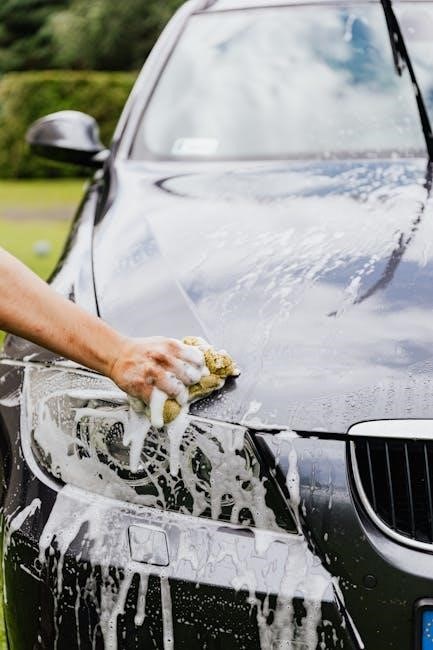
Average Cost of a Manual Transmission Swap
The average cost of a manual transmission swap ranges from $1,000 to over $10,000, depending on parts, labor, and vehicle specifics.
Basic Manual Transmission Swap Costs
A basic manual transmission swap typically costs between $1,500 and $3,000. This includes a used or rebuilt transmission, basic installation parts, and labor for a straightforward swap. The transmission itself can range from $500 to $1,500, depending on condition and source. Additional components like a clutch kit, driveshaft, and mounting hardware add $300 to $700. Labor costs vary from $500 to $1,500, depending on the shop’s rates and complexity. For DIY enthusiasts, parts alone may cost $1,000 to $2,000, but professional installation is recommended for reliability. This estimate assumes no major modifications, such as engine swaps or custom fabrication, keeping it a simple, budget-friendly option for those seeking a manual driving experience.
Automatic to Manual Transmission Swap Costs
Swapping from an automatic to a manual transmission typically costs between $2,000 and $4,000. This includes the transmission, clutch, pedals, and necessary adapters. A used or rebuilt manual transmission can range from $800 to $2,000, while a new unit may cost $1,500 to $3,000. Additional parts like a clutch kit, driveshaft, and mounting hardware add $300 to $700. Labor costs vary widely, from $1,000 to $2,500, depending on the shop and vehicle complexity. For example, rear-wheel-drive vehicles are generally easier and cheaper to swap than all-wheel-drive models. Some setups may require custom fabrication or wiring harness modifications, increasing the total cost. This swap is more labor-intensive than a basic manual swap, making it a significant investment for drivers seeking precise control over their vehicle.
High-End or Specialty Manual Transmission Swap Costs
High-end or specialty manual transmission swaps can range from $3,000 to $10,000 or more. These swaps often involve custom or high-performance components, such as lightweight gearboxes or exotic materials. For example, a high-end manual transmission from brands like Porsche or Ferrari can cost upwards of $10,000. Specialty swaps, such as converting a dual-clutch transmission to a gated manual, can exceed $30,000 when including parts and labor. Additionally, custom fabrication, wiring harness modifications, and specialized tools may be required, further increasing costs. These swaps are typically done for unique or luxury vehicles, such as the Mercedes G500 with an LS2 V8 swap, and often involve professional expertise to ensure reliability and performance. The final cost depends on the complexity and exclusivity of the components involved.
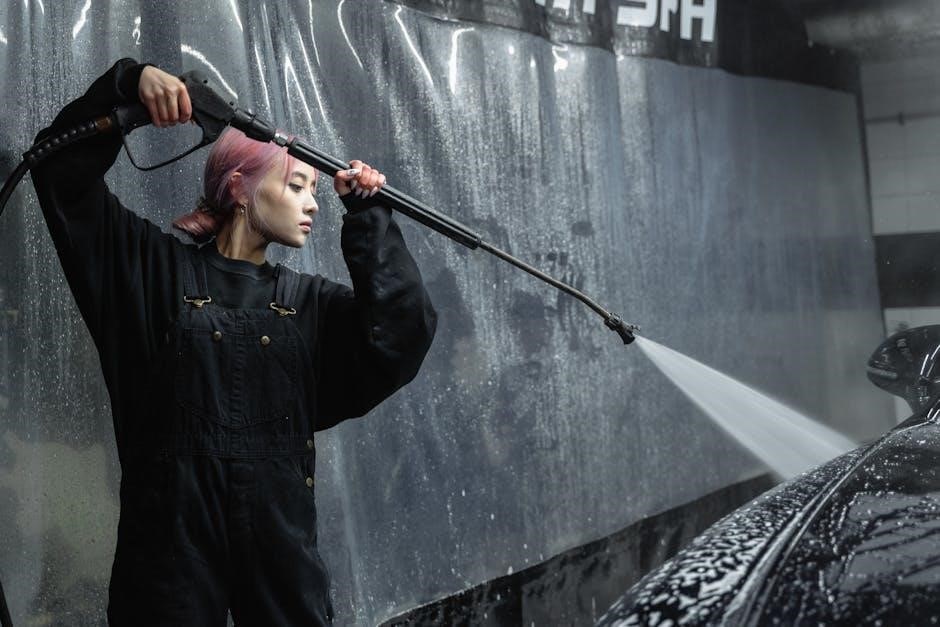
Factors Influencing the Cost of a Manual Swap

The cost of a manual swap is influenced by vehicle type, parts sourcing, and labor costs, each affecting the overall expense differently.
Vehicle Type and Compatibility
The cost of a manual swap largely depends on the vehicle type and its compatibility with the desired transmission. Modern cars, especially those with advanced drivetrains, often require additional modifications, increasing expenses. For instance, rear-wheel-drive vehicles typically offer easier swaps compared to front-wheel-drive or all-wheel-drive models. Compatibility issues, such as engine and drivetrain mismatches, can lead to higher labor costs and the need for custom fabrication. Using a transmission designed for the specific make and model ensures a smoother process, reducing the risk of unexpected modifications. In some cases, high-end or specialty vehicles may require bespoke solutions, significantly raising the overall cost. Proper research into vehicle-specific requirements is essential to avoid unnecessary financial pitfalls during the swap.
Parts Sourcing: New vs. Used
Choosing between new or used parts significantly impacts the cost of a manual swap. New parts, such as transmissions, clutches, and drivetrain components, are more expensive but offer warranties and reliability. Used parts, often sourced from junkyards or online marketplaces, are budget-friendly but may require inspection or refurbishment. The cost of new parts can range from $300 to $3,400 for a transmission alone, while used options might start around $200. However, used parts may incur additional costs for repairs or upgrades. Balancing quality and affordability is key, as the choice directly affects both short-term expenses and long-term performance. Proper research and inspection are crucial when opting for used components to ensure compatibility and functionality. This decision is central to managing the overall cost of the swap effectively.
Labor Costs: DIY vs. Professional Installation
Labor costs vary significantly depending on whether you choose DIY or professional installation. A DIY manual swap can save thousands, with labor costs potentially dropping to $0 if you handle the work yourself. However, it requires mechanical expertise and specialized tools. Professional installation, on the other hand, can range from $2,000 to $6,000, depending on the shop and complexity. Some enthusiasts report DIY setups costing as little as $1,000 for parts, while professional jobs often start around $3,000. The decision hinges on your skill level and time availability. While DIY saves money, professionals ensure a flawless and safe installation, which may be worth the extra cost for those without experience.
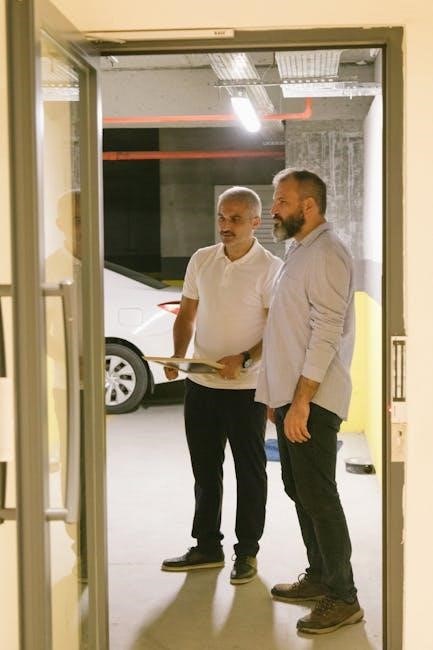
Key Components of the Cost
Manual swap costs include transmission, additional parts, and labor. Prices range from $1,000 to $10,000, depending on new or used parts and installation complexity.
Transmission Cost: New vs. Used
The cost of a manual transmission varies significantly between new and used options. A new transmission typically ranges from $1,800 to $3,400, depending on the make and model. Used transmissions, often sourced from salvage yards or private sellers, can cost between $300 and $1,500, offering a more budget-friendly alternative. However, used transmissions may require additional inspections or repairs to ensure reliability; Rebuilt transmissions, which fall between new and used in terms of cost and quality, are priced between $1,000 and $2,500. The choice between new, used, or rebuilt depends on the vehicle’s specific needs, budget constraints, and desired performance. Factors such as warranty, durability, and compatibility also play a role in this decision.
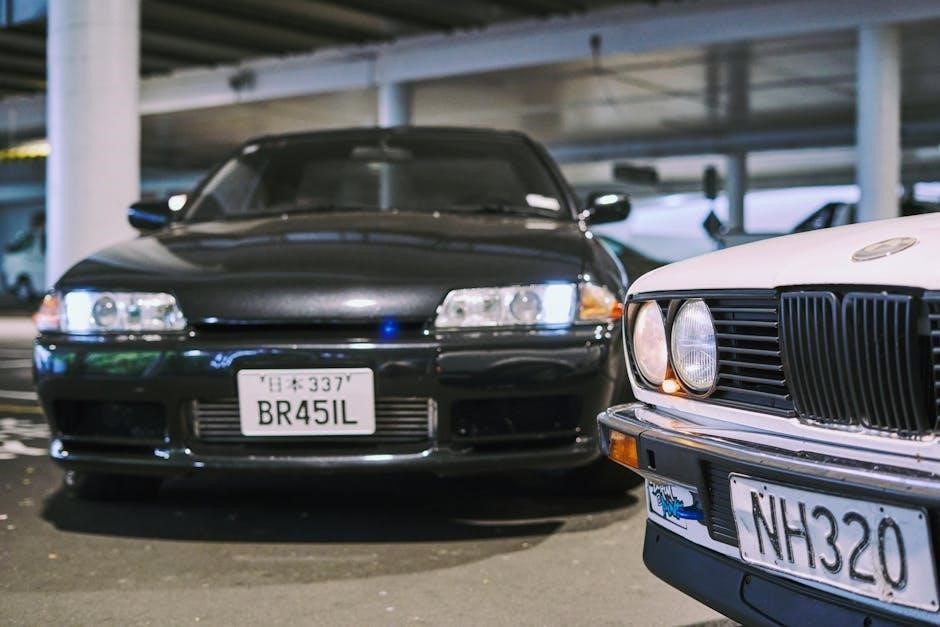
Additional Parts and Accessories
Additional parts and accessories are necessary for a successful manual swap. These include a clutch kit, costing $500 to $1,500, and a flywheel, priced between $200 and $500. The driveshaft may need modification or replacement, adding $200 to $500. New axles or CV shafts can range from $200 to $600. Hydraulic or cable-actuated systems for the clutch, costing $100 to $400, must also be considered. Brake pedals and master cylinders may need adjustment or replacement, adding $150 to $300. Transmission mounts, crossmembers, and shifter components add $100 to $300. Electrical components, such as wiring harnesses or sensors, may cost $100 to $300. Labor for installing these parts varies, increasing the total cost. These accessories ensure compatibility and proper function post-swap.
Labor and Installation Fees
Labor and installation fees significantly impact the total cost of a manual swap. DIY projects can save money, but professional installation is often recommended for reliability. Labor costs range from $500 to $6,000, depending on the shop’s expertise and the swap’s complexity. High-end or specialty swaps may exceed $10,000 due to custom work. Transmission installation typically takes 10 to 30 hours for professionals, while DIY efforts can take 20 to 50 hours. Additional fees may apply for modifications, such as wiring, drivetrain adjustments, or custom mounts; Labor costs vary by region and mechanic experience, making it essential to obtain detailed quotes. Professional installation ensures proper alignment and functionality, avoiding costly future repairs.

Step-by-Step Process of a Manual Swap
Research compatibility and gather parts. Remove the automatic transmission and install the manual one. Connect necessary components like the clutch and driveshaft. Test the system to ensure proper function. This process requires mechanical skills and attention to detail to avoid costly errors. Professional installation is recommended for optimal results. Always refer to a repair manual for specific instructions tailored to your vehicle. Patience and careful planning are key to a successful manual swap. Ensure all electrical connections are correctly interfaced. A thorough inspection post-installation is crucial for safety and performance. DIY enthusiasts should allocate time for potential setbacks. Proper alignment and adjustment of components are vital for smooth operation. Consult with experienced mechanics or online forums for troubleshooting common issues. Regular maintenance after the swap will help prevent future problems. Enjoy the enhanced driving experience once everything is correctly set up.
Research and Planning
Research is the foundation of a successful manual swap. Identify the compatible manual transmission for your vehicle, ensuring it matches the engine and drivetrain specifications. Create a detailed list of required parts, including the transmission, clutch, pedals, and wiring harness. Estimate costs based on new or used components and labor fees. Determine if a DIY approach is feasible or if professional installation is necessary. Plan for unexpected expenses and downtime during the swap. Gather repair manuals and online resources for guidance. Verify local regulations and ensure the swap meets legal standards. Time invested in planning reduces complications and ensures a smooth transition to manual operation. Proper preparation minimizes errors and enhances the overall outcome of the project. A well-structured plan is essential for staying within budget and achieving the desired performance.
Parts Procurement and Preparation
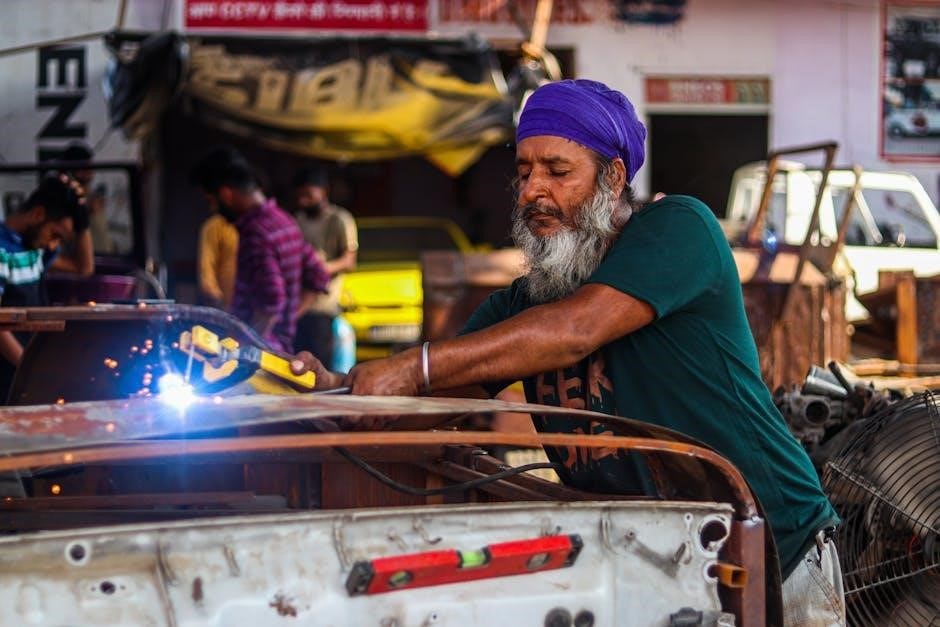
Procuring the right parts is critical for a manual swap. Source a compatible transmission, clutch, pedals, and necessary adapters. Decide between new or used components based on budget and reliability. New parts offer warranties but are costlier, while used parts can save money but may require inspection. Purchase a complete kit if available to ensure all components are included. Prepare the vehicle by disconnecting electrical systems and draining fluids. Clean and inspect used parts to ensure functionality. Modify or fabricate components if needed for compatibility. Proper preparation ensures a smooth installation process and minimizes delays. Organize tools and workspace to maintain efficiency. Correctly preparing and procuring parts is vital for a successful swap. This step directly impacts the overall cost and effectiveness of the conversion. Attention to detail ensures all components work seamlessly together. Proper preparation prevents costly rework and ensures reliability. A well-executed parts procurement and preparation phase sets the stage for a trouble-free installation.
Installation and Labor
Installation and labor are significant cost components of a manual swap. Professional labor costs typically range from $2,000 to $6,000, depending on the shop and complexity. DIY installation saves labor costs but requires mechanical expertise. Installing a manual transmission involves removing the old automatic, fitting the new manual, and connecting necessary components like the clutch and pedals. Additional labor may be needed for wiring, drivetrain adjustments, and custom mounts. Professional installation ensures reliability and safety, especially for complex swaps. Labor costs vary by region, shop expertise, and vehicle specifics. Proper installation is crucial for optimal performance and longevity. Choosing between DIY and professional labor depends on skill level and budget. This step is critical for a successful swap. Proper labor ensures all components function seamlessly. The installation phase requires precision and care to avoid costly rework. Professional installation is often recommended for reliability and safety. The labor cost is a key factor in the overall expense. Proper installation ensures the swap meets performance and durability expectations. The expertise of the installer directly impacts the outcome. This phase demands attention to detail and mechanical knowledge. The labor cost is a significant portion of the total expense. Proper installation is vital for a successful manual swap. The labor cost varies widely based on the installer’s experience and the swap’s complexity. This phase requires careful planning and execution. The labor cost is a critical component of the overall expense. Proper installation ensures the vehicle operates smoothly. The labor cost reflects the skill and time required for the swap. This phase is essential for a successful conversion. The labor cost is a key factor in the total expense. Proper installation ensures reliability and performance. The labor cost varies based on the installer’s expertise and the swap’s difficulty. This phase demands precision and care. The labor cost is a significant part of the overall cost. Proper installation ensures the swap is done correctly. The labor cost reflects the time and skill required. This phase is crucial for a successful manual swap. The labor cost is a key component of the total expense. Proper installation ensures the vehicle functions as intended. The labor cost varies widely based on the installer’s experience and the swap’s complexity. This phase requires careful attention to detail. The labor cost is a significant portion of the total cost. Proper installation ensures the swap meets performance and safety standards. The labor cost reflects the expertise and time required. This phase is essential for a successful conversion. The labor cost is a key factor in the overall expense. Proper installation ensures the vehicle operates smoothly. The labor cost varies based on the installer’s skill level and the swap’s complexity. This phase demands precision and care. The labor cost is a significant part of the total cost. Proper installation ensures the swap is done correctly. The labor cost reflects the time and skill required. This phase is crucial for a successful manual swap. The labor cost is a key component of the total expense. Proper installation ensures the vehicle functions as intended. The labor cost varies widely based on the installer’s experience and the swap’s complexity. This phase requires careful attention to detail. The labor cost is a significant portion of the total cost. Proper installation ensures the swap meets performance and safety standards. The labor cost reflects the expertise and time required. This phase is essential for a successful conversion. The labor cost is a key factor in the overall expense. Proper installation ensures the vehicle operates smoothly. The labor cost varies based on the installer’s skill level and the swap’s complexity. This phase demands precision and care. The labor cost is a significant part of the total cost. Proper installation ensures the swap is done correctly. The labor cost reflects the time and skill required. This phase is crucial for a successful manual swap. The labor cost is a key component of the total expense. Proper installation ensures the vehicle functions as intended. The labor cost varies widely based on the installer’s experience and the swap’s complexity. This phase requires careful attention to detail. The labor cost is a significant portion of the total cost. Proper installation ensures the swap meets performance and safety standards. The labor cost reflects the expertise and time required. This phase is essential for a successful conversion. The labor cost is a key factor in the overall expense. Proper installation ensures the vehicle operates smoothly. The labor cost varies based on the installer’s skill level and the swap’s complexity. This phase demands precision and care. The labor cost is a significant part of the total cost. Proper installation ensures the swap is done correctly. The labor cost reflects the time and skill required. This phase is crucial for a successful manual swap. The labor cost is a key component of the total expense. Proper installation ensures the vehicle functions as intended. The labor cost varies widely based on the installer’s experience and the swap’s complexity. This phase requires careful attention to detail. The labor cost is a significant portion of the total cost. Proper installation ensures the swap meets performance and safety standards. The labor cost reflects the expertise and time required. This phase is essential for a successful conversion. The labor cost is a key factor in the overall expense. Proper installation ensures the vehicle operates smoothly. The labor cost varies based on the installer’s skill level and the swap’s complexity. This phase demands precision and care. The labor cost is a significant part of the total cost. Proper installation ensures the swap is done correctly. The labor cost reflects the time and skill required. This phase is crucial for a successful manual swap. The labor cost is a key component of the total expense. Proper installation ensures the vehicle functions as intended. The labor cost varies widely based on the installer’s experience and the swap’s complexity. This phase requires careful attention to detail. The labor cost is a significant portion of the total cost. Proper installation ensures the swap meets performance and safety standards. The labor cost reflects the expertise and time required. This phase is essential for a successful conversion. The labor cost is a key factor in the overall expense. Proper installation ensures the vehicle operates smoothly. The labor cost varies based on the installer’s skill level and the swap’s complexity. This phase demands precision and care. The labor cost is a significant part of the total cost. Proper installation ensures the swap is done correctly. The labor cost reflects the time and skill required. This phase is crucial for a successful manual swap. The labor cost is a key component of the total expense. Proper installation ensures the vehicle functions as intended. The labor cost varies widely based on the installer’s experience and the swap’s complexity. This phase requires careful attention to detail. The labor cost is a significant portion of the total cost. Proper installation ensures the swap meets performance and safety standards. The labor cost reflects the expertise and time required. This phase is essential for a successful conversion. The labor cost is a key factor in the overall expense. Proper installation ensures the vehicle operates smoothly. The labor cost varies based on the installer’s skill level and the swap’s complexity. This phase demands precision and care. The labor cost is a significant part of the total cost. Proper installation ensures the swap is done correctly. The labor cost reflects the time and skill required. This phase is crucial for a successful manual swap. The labor cost is a key component of the total expense. Proper installation ensures the vehicle functions as intended. The labor cost varies widely based on the installer’s experience and the swap’s complexity; This phase requires careful attention to detail. The labor cost is a significant portion of the total cost. Proper installation ensures the swap meets performance and safety standards. The labor cost reflects the expertise and time required. This phase is essential for a successful conversion. The labor cost is a key factor in the overall expense. Proper installation ensures the vehicle operates smoothly. The labor cost varies based on the installer’s skill level and the swap’s complexity. This phase demands precision and care. The labor cost is a significant part of the total cost. Proper installation ensures the swap is done correctly. The labor cost reflects the time and skill required. This phase is crucial for a successful manual swap. The labor cost is a key component of the total expense. Proper installation ensures the vehicle functions as intended. The labor cost varies widely based on the installer’s experience and the swap’s complexity. This phase requires careful attention to detail. The labor cost is a significant portion of the total cost. Proper installation ensures the swap meets performance and safety standards. The labor cost reflects the expertise and time required. This phase is essential for a successful conversion. The labor cost is a key factor in the overall expense. Proper installation ensures the vehicle
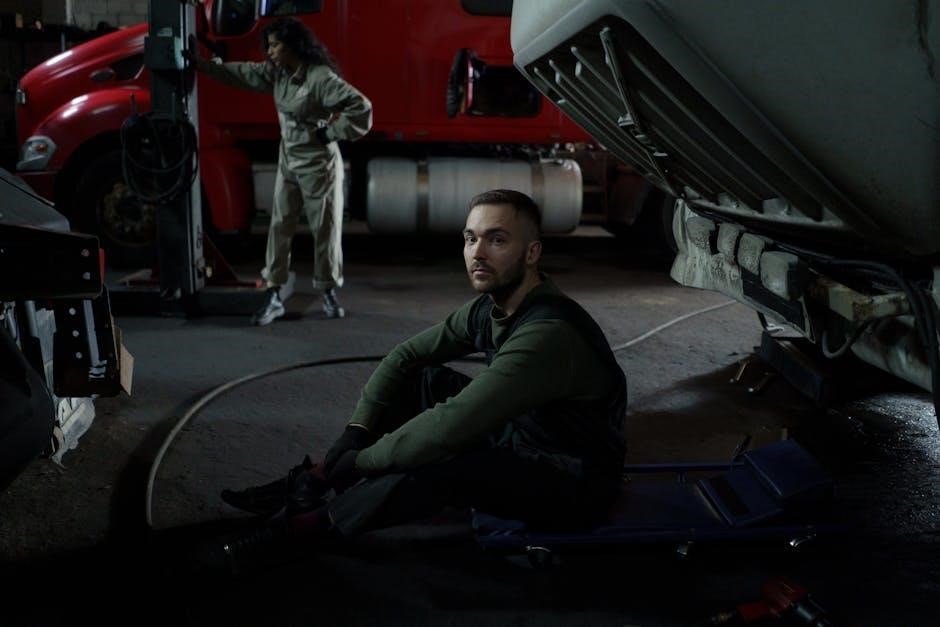
Vehicle-Specific Considerations
Manual swap costs vary by vehicle type, compatibility, and drivetrain requirements. Using a transmission designed for your car’s model ensures compatibility and retains drivetrain functionality effectively.
Car Make and Model Compatibility
Car make and model compatibility is crucial for a successful manual swap. Different vehicles have unique drivetrain setups, requiring specific transmissions. For instance, a Mercedes G500 with an LS2 V8 swap retains its 4×4 drivetrain with a manual transmission. Costs vary widely based on compatibility, with some swaps costing $1,800 to $5,000 or more. Using a transmission designed for your car’s model ensures compatibility and retains drivetrain functionality. DIY swaps can save money but require mechanical expertise. Professional installations ensure correctness but increase labor costs. Compatibility checks prevent costly mismatches, ensuring the swap enhances performance and driving experience without compromising reliability.
Engine and Drivetrain Requirements
Engine and drivetrain requirements play a significant role in manual transmission swaps. The transmission must align with the engine’s power output and drivetrain type. For example, a Corvette’s manual swap requires a transmission that can handle high horsepower. Drivetrain modifications, such as engine mounts or driveshaft changes, may be needed. Compatibility ensures smooth operation and avoids costly repairs. Using the correct transmission for your drivetrain prevents mismatches and enhances reliability. Always verify specifications to ensure the swap meets performance and durability goals.
Aftermarket Modifications and Upgrades
Aftermarket modifications and upgrades can significantly enhance the performance and durability of a manual transmission swap. Upgrading components like the clutch, flywheel, and shifter ensures better control and longevity. Drivetrain upgrades, such as lightweight driveshafts or high-strength axles, are often necessary for high-performance vehicles. Additionally, aftermarket engine mounts may be required to handle increased torque and power. These modifications not only improve the driving experience but also ensure compatibility with the new manual transmission. Costs for such upgrades vary widely, ranging from a few hundred to several thousand dollars, depending on the quality and brand of the components. Investing in reputable aftermarket parts can provide long-term reliability and satisfaction for enthusiasts seeking optimal performance.
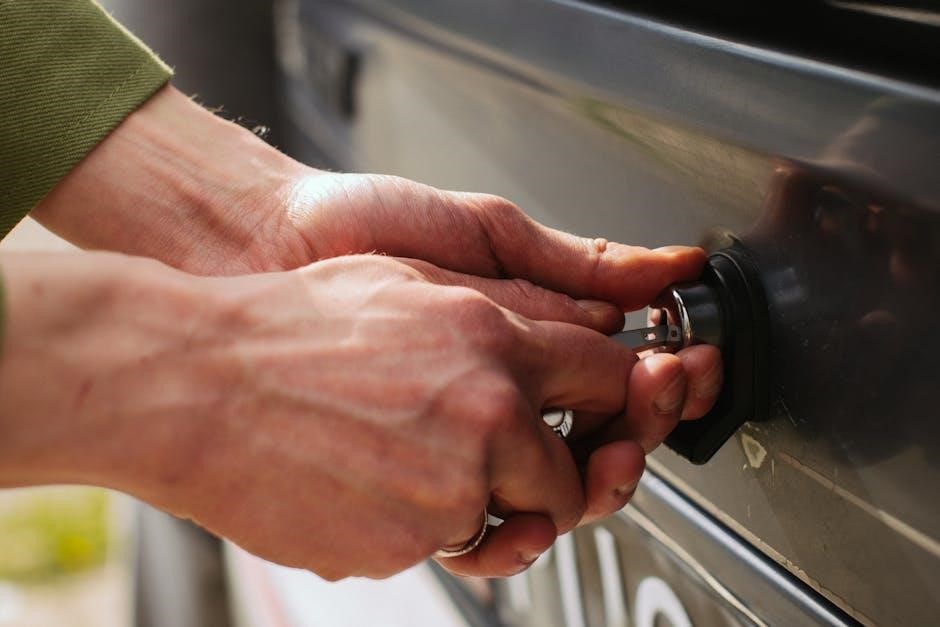
Frequently Asked Questions (FAQs)
Common questions include whether a manual swap is worth the cost, if transmissions from other cars can be used, and maintenance costs after the swap.
These questions help enthusiasts make informed decisions about their manual transmission swap projects and expectations.
Is a Manual Swap Worth the Cost?
A manual swap can be worth the cost for driving enthusiasts seeking better control and engagement. Costs range from $1,000 to over $10,000, depending on vehicle specifics and parts. While it enhances performance and driver experience, consider long-term maintenance and potential resale value impacts. If you value driving dynamics and personalization, a manual swap may be justified. However, for everyday convenience, the added expense might not be necessary. Weigh your priorities, budget, and vehicle goals to decide if a manual swap aligns with your needs and expectations.
Can I Use a Transmission from Another Car?
Using a transmission from another car is possible but requires compatibility. Ensure the transmission matches your vehicle’s make, model, and drivetrain specifications. Compatibility issues may arise, potentially requiring modifications like engine mounts or wiring harness adjustments. Costs vary widely, with transmission prices ranging from $1,800 to over $5,000. Sourcing from the same manufacturer or a compatible model minimizes issues. Research thoroughly to confirm compatibility and avoid unexpected expenses. Always consult experts or forums for specific vehicle recommendations to ensure a smooth swap. Proper planning ensures the transmission functions seamlessly with your car’s existing systems.
What Are the Maintenance Costs After a Manual Swap?
Maintenance costs after a manual swap can vary, but manual transmissions generally require more frequent servicing than automatics. Clutch replacements, typically needed every 50,000 to 100,000 miles, can cost between $500 and $2,000. Regular transmission fluid changes, recommended every 30,000 to 60,000 miles, add $100 to $300. Additionally, components like the throw-out bearing or pilot bearing may need replacement, costing $200 to $500. While manuals are more engaging, they require more attention and occasional repairs. Overall, maintenance costs are higher than for automatics but can be managed with proper care and timely servicing.
Manual swaps offer unique driving experiences but require careful cost consideration. Research, planning, and budgeting are essential for a successful and satisfying conversion.
Manual transmission swaps involve significant planning and budgeting. Costs range from $1,000 to over $10,000, depending on vehicle type, parts, and labor. Compatibility is crucial, as using the correct transmission for your car’s make and model ensures a smoother process. Sourcing parts can impact expenses, with new components being more costly than used ones. Labor costs vary widely between DIY projects and professional installations, with the latter often requiring specialized expertise. Additional expenses may arise from modifications needed for compatibility or performance upgrades. Researching and understanding these factors beforehand helps in making informed decisions and avoiding unexpected financial burdens. Proper planning ensures a successful and cost-effective manual transmission swap.
Is a Manual Swap Right for You?
Deciding if a manual swap is right for you involves weighing personal preferences, budget, and vehicle use. Enthusiasts often value the control and driving experience manuals offer. However, consider maintenance and repair costs, which can be higher than automatics. If you’re looking for improved fuel efficiency or a more engaging drive, a manual swap might be beneficial. Assess your budget, as costs range from $1,000 to over $10,000, depending on parts and labor. DIY skills can lower expenses, but professional installation ensures reliability. Ultimately, a manual swap is ideal for those seeking a more hands-on driving experience and willing to invest time and resources into the process.

